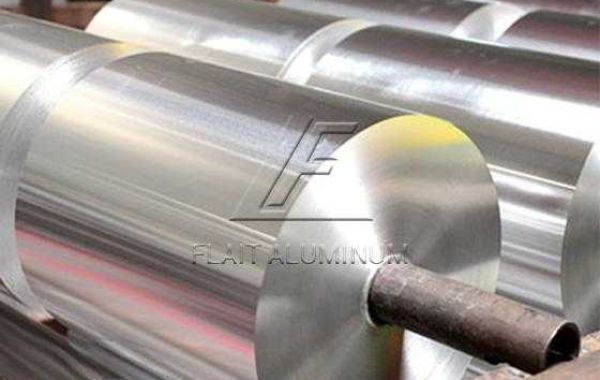A meat grinder is a versatile and invaluable tool for any kitchen, allowing you to create your own ground meat, sausages, and more. Whether you're a seasoned chef or a home cook looking to take control of your culinary creations, a meat grinder can elevate your cooking experience. In this comprehensive guide, we'll explore everything you need to know about using and maintaining a meat grinder.
Choosing the Right Meat Grinder
Before we dive into the details of using and maintaining a meat grinder, it's important to select the right one for your needs. There are two main types of meat grinders: manual and electric.
- Manual Meat Grinder: These grinders require hand-cranking to operate. They are suitable for small-scale grinding and are often more affordable than electric models. Manual grinders are great for occasional use or for those who prefer a hands-on approach.
- Electric Meat Grinder: Electric grinders are powered by electricity and offer more convenience and power. They are ideal for frequent use or for grinding large quantities of meat. Electric grinders come with various speed options and attachments for different grinding needs.
Whichever type of meat grinder you choose, make sure it is made of durable materials, such as stainless steel, and has a powerful motor for efficient grinding.
Using a Meat Grinder
Now that you have your meat grinder, let's dive into the step-by-step process of using it effectively:
- Preparation: Start by preparing your meat. Ensure that the meat is chilled but not frozen, as it will be easier to grind. Cut the meat into smaller chunks that will fit into the grinder's feeding tube.
- Assembling the Grinder: If you have a manual grinder, follow the manufacturer's instructions to assemble the grinder, including attaching the handle and securing it firmly. For electric grinders, ensure that all the parts are properly assembled, including the grinding plate, cutting blade, and hopper.
- Grinding Process: Feed the meat into the grinder's feeding tube, using the provided stomper or pusher to guide the meat down. Use a steady and consistent pressure to push the meat through the grinder. Avoid forcing the meat too quickly, as it may clog the grinder.
- Grinding Plate Selection: Most meat grinders come with different grinding plate options that allow you to achieve different textures of ground meat. Choose the appropriate grinding plate based on your desired outcome. For finer textures, use a plate with smaller holes, and for coarser textures, use a plate with larger holes.
- Safety Precautions: While using a meat grinder, always prioritize safety. Keep your hands and fingers away from the feeding tube and blades. If you need to adjust or clear any blockages, make sure to turn off and unplug the grinder first.
Cleaning and Maintenance
Proper cleaning and maintenance are essential to keep your meat grinder in optimal condition and prevent contamination risks. Here's how to clean your meat grinder:
- Disassembling the Grinder: Start by unplugging the grinder from the power source for safety. Then, carefully remove the different parts, including the hopper, grinding plate, cutting blade, auger, and any other attachments. Refer to your grinder's manual for specific instructions on disassembly.
- Removing Residue: Use a brush or a toothpick to remove any meat particles, fat, or connective tissues that may be stuck on the parts. Pay close attention to the grinding plate and cutting blade, as these components often accumulate the most residue. Rinse the parts with warm water to remove loose debris.
- Washing with Soap: Once the loose debris is removed, wash the disassembled parts with warm, soapy water. Use a mild dish soap and a sponge or brush to clean each part







